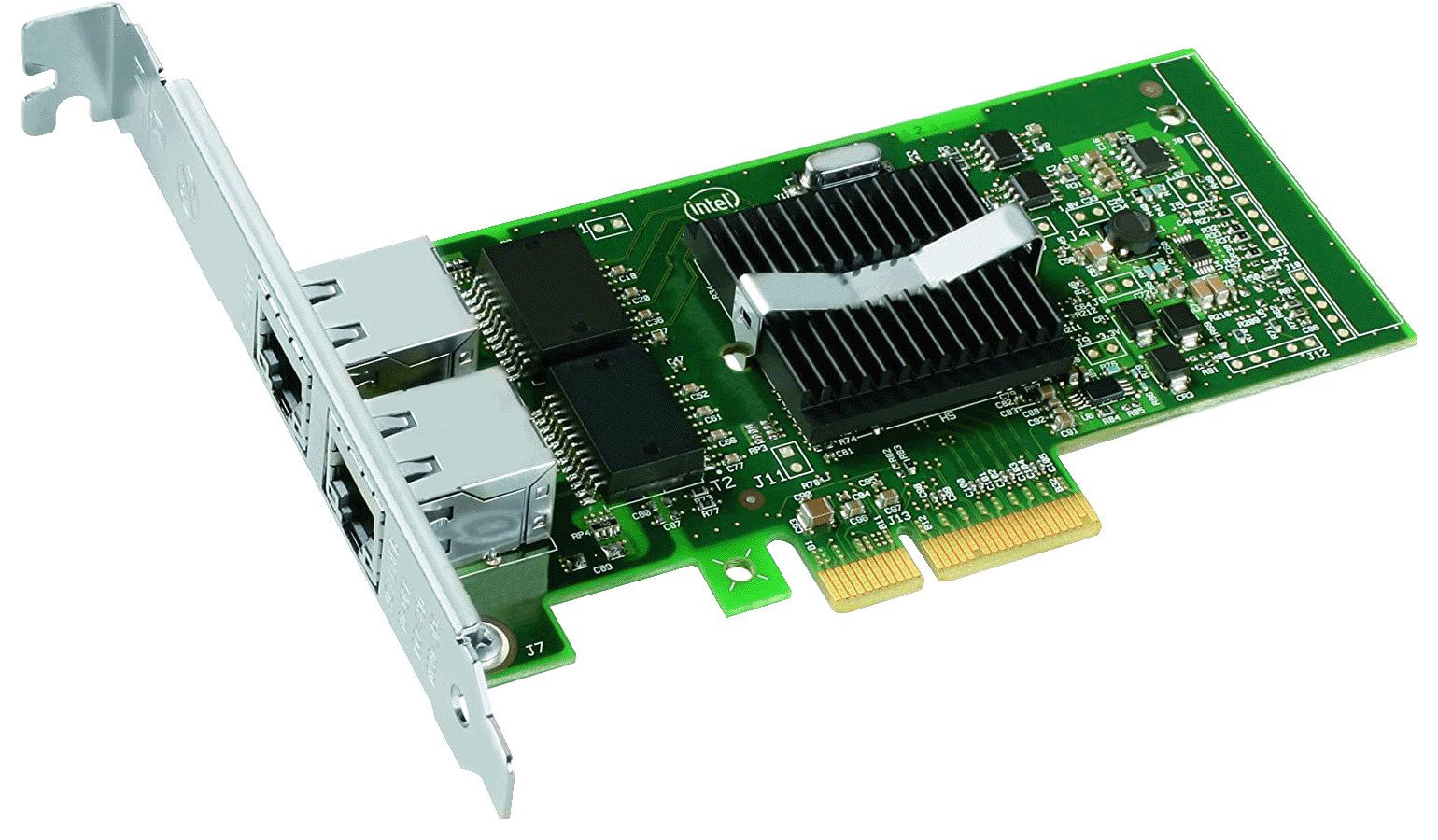Expansion Card
An expansion card is a printed circuit board that can be inserted into an expansion slot on a computer's motherboard to add new functionality. Some expansion cards can improve a computer's processing capabilities, while others can add extra input and output connections. Most desktop tower computers include several PCI Express expansion slots in multiple sizes.
Common categories of expansion cards are listed below:
- Graphics cards (also called video cards) are the most common type of expansion card. A graphics card includes a special GPU that performs high-speed calculations to render 3D graphics for gaming, 3D modeling, and animation.
- Sound cards add input and output jacks to connect external audio devices like speakers and microphones. They also include digital-to-analog converters (DAC) to convert digital audio to analog audio signals, as well as analog-to-digital converters (ADC) to convert input.
- Network interface cards add ethernet ports or Wi-Fi antennas to provide a network connection. Using multiple NICs allows a computer to bridge multiple networks together.
- Storage controller cards add extra internal storage connections, like SATA ports or M.2 slots.
- USB and Thunderbolt controller cards add extra USB and Thunderbolt ports to a computer, allowing you to connect more external devices.
- Video capture cards add dedicated video input ports that allow you to record and stream video footage from another device.
PCI Express slots come in several sizes — x1, x4, x8, and x16 — and expansion cards are available for all of them. PCI Express x1 slots are the smallest and offer the least total throughput; network interface cards and sound cards are the most common cards that use this slot. High-bandwidth network cards, video capture cards, and M.2 and NVMe storage adapters often fit into a PCI Express x4 slot. Some low-power graphics cards use the PCI Express x8 slot, but most use an x16 slot to access as much throughput as possible.

Only desktop tower computers (and some rack-mounted ones) have expansion slots. Some laptops in the 1990s supported expansion cards using the PCMCIA interface to add NICs and modems, but the introduction of USB ports and integrated Wi-Fi made that interface obsolete. Likewise, all-in-one computers like the Apple iMac use external expansion ports like USB and Thunderbolt for expansion.
 Test Your Knowledge
Test Your Knowledge